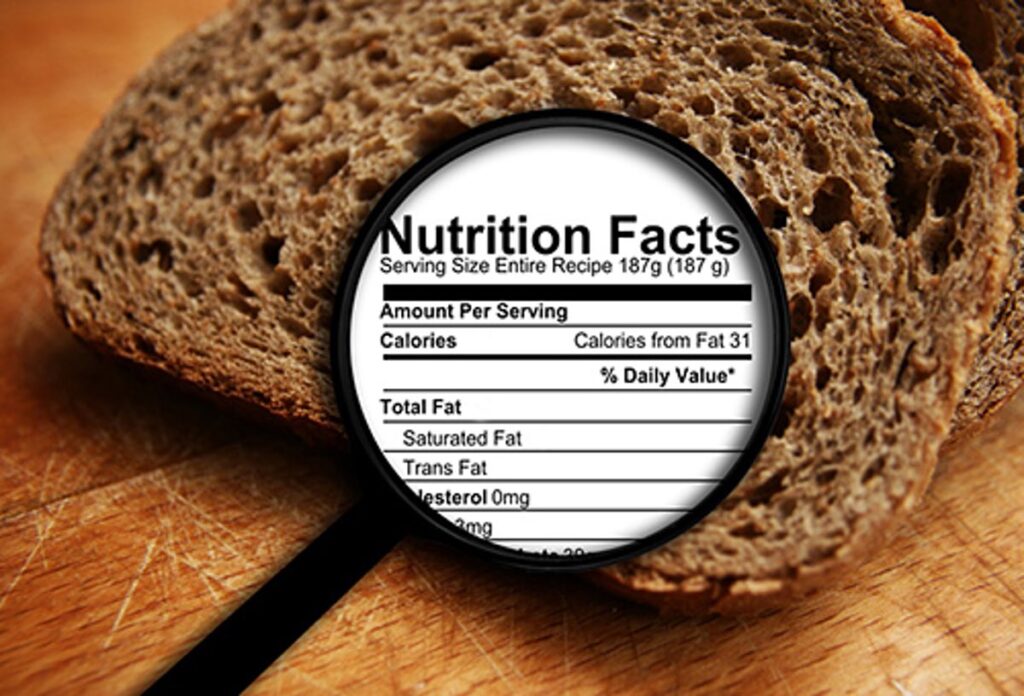The Whole-Grain Deception
- 28
- Sep
We know whole grains are good for us, but we don’t always know where to find them. Food manufacturers aren’t exactly helping us; in fact, sometimes they’re doing more harm than good. Why? Because consumers often can’t tell whether a food actually contains whole grains or not. A whole-grain food is just what the name implies: the entire grain. Fiber and important nutrients haven’t been stripped out (think whole-wheat bread vs. white bread). We’re in the midst of an “all-natural,” “multigrain,” whole-grain “craze” these days, which means – as is the case with most crazes, fads, etc. – just about every food label includes one or more of those words in an attempt to entice the buyer.
The problem, however, is those words aren’t equal in their health meaning. Multi-grain just means the food contains multiple grains; it doesn’t mean any of them are whole grain. All-natural means the product doesn’t contain any artificial colors, sweeteners, etc.; that’s a good thing, but in terms of the whole-grain conversation, it means nothing. (Refined white flour is “all-natural.”)

A recent survey of 1,000-plus U.S. adults put consumers’ knowledge to the test. The survey included photos of real and hypothetical products. Each product photo included one of several labels (hypothetical products: “Multi-Grain,” “Made With Whole Grains,” or a whole-grain stamp; real products: “Multi-Grain,” “Honey Wheat” or “12 Grain”), along with a nutrition facts label and ingredient list.
When asked to identify the healthier option (hypothetical products) or assess whole-grain content (real products), consumers failed miserably. Anywhere from a third to nearly 50 percent of survey participants incorrectly identified the healthier product (31 percent incorrect for cereal, 29-37 percent for crackers, 47 percent for bread) and/or overstated the product’s whole-grain content (41 percent for multigrain crackers, 43 percent for honey wheat bread, 51 percent for 12-grain bread). Survey findings appear in the research journal Public Health Nutrition.
How well do you know your whole-grain foods? Here are a few questions to ask yourself the next time you visit the grocery store: 1) Is “whole grain” first on the ingredient list? Is it on the ingredient list at all? (“Wheat” and “enriched wheat” aren’t whole-grain wheat.) 2) Has the manufacturer tried to pump up the product’s health value with words like all-natural or multigrain on the label; or by coloring the packaging brown (which people generally equate with healthy)? 3) How much fiber does the food have per serving? (Remember, whole-grain means the entire grain – including fiber. So, if a two-slice serving of bread only delivers 1 gram or less of fiber, it’s not whole grain. Some manufacturers add fiber, which is fine – but that may still mean the product is devoid of whole grain. 4) How many grams of whole grains does the food provide per serving? Manufacturers are increasingly noting this on food labels. For reference, the FDA and nutrition experts recommend somewhere in the neighborhood of 50 grams per day of whole grains (3-4 servings).
Follow Us:Share This:
